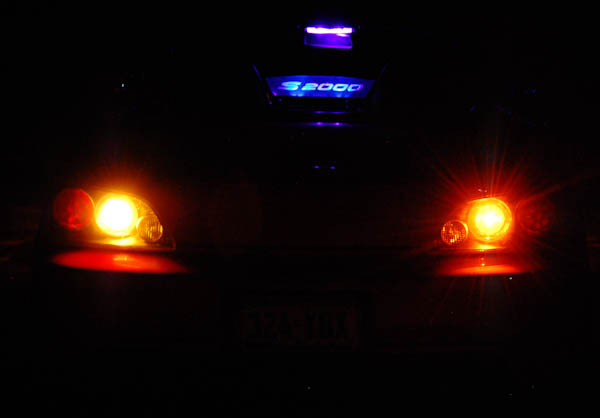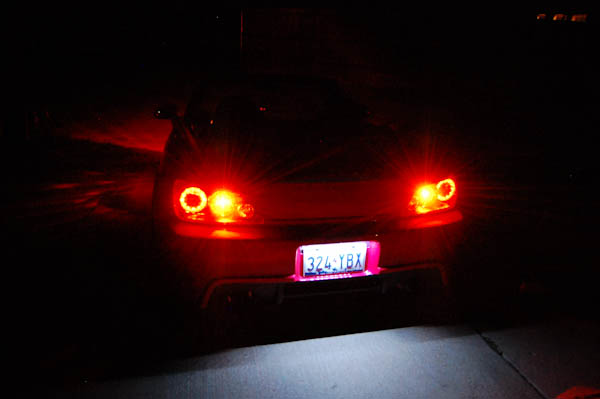Car-munication Part Two – The Proper Use of Lights
It used to be that cars didn’t have lights, then they had a couple, and now they have a lot. How they function and their purpose has changed over the years, so here’s a little history.
High beams used to be the norm in driving. There was so little traffic you would drive and then switch to low beams when oncoming traffic was encountered. Roads eventually became busy enough that low beams were the norm, but when driving at night you should always use your high beams when possible to avoid over-driving your headlights. Low beams are only effective up to speeds around 40 mph, believe it or not, although many modern roadways are better designed and have reflectors to assist with long-range vision in the dark.
What we call parking lights today, the low-wattage, typically orange and red lights at the four corners of the car, aren’t actually parking lights. They used to be called city lights, since cities were well lit enough that cars didn’t need to use headlights to see down the streets, but did need to mark their boundaries and orientation in the more congested areas. Today city lights are largely eschewed in favor of just using headlights all the time but there are still cities that permit driving without headlights or with low-wattage headlights instead of full headlights.
Actual parking lights are not frequently found on cars anymore, but were low voltage lights used to mark one side of a car for street parking. The premise is to allow other motorists to see where the car is parked on the road at night, but reflectors have largely adopted that role today. You do still see it on some European cars where street parking is common and the streets are narrow.
Fog lights are usually used as an added decoration today, but their purpose is to illuminate a low, wide, and short range area of the road ahead when visibility is hampered by, wait for it, fog. Their purpose is to highlight the boundaries of the road and a short area ahead of the car when normal lighting would effectively blind a driver by light reflection from fog vapor. Based on their intended use, fog lights should be operated independently of normal headlights but that capability is less frequently incorporated into modern car lighting systems that require headlights to be on for fog lights to operate.
In addition to fog lights, there are rear fog lights. These are bright red lights on the back of a car used to cut through fog and allow other drivers on the road to see that there is a car ahead. These should only be used in fog as they are bright red similar to brake lights and can be blinding to other drivers under normal conditions.
This gets into proper use of lights. Generally, use fog lights in fog and not otherwise. Although they illuminate the road immediately ahead of the car and help to illuminate the boundaries of the road, as a driver you should be looking down the road where the headlights illuminate, not where the fog lights illuminate.
And speaking of headlights, there are rules to communicating to other drivers with them:
– Turn signals: The most obvious, they communicate your intention to turn or merge in a specific direction.
– Flashers: Usually used to make your car more visible, they can be turned on to flash once to say “thank you” to the car that just let you merge. Alternatively, you can quickly turn your lights off and back on again to say “thanks for letting me in.”
– Headlights: You can flash your high beams in traffic to communicate a few messages/intentions:
- Two flashes: Typically used when you are approaching another car at an appreciable speed difference when passing/overtaking. This is used to get the other driver’s attention so they are not surprised by you or unaware of you. They can also be used when another driver has his/her high beams on and is approaching you as a gentler reminder/request for them to turn them off. Finally, they are also used to say “hi” to others, like when you see another S2000 on the road!
- Three flashes: Typically used to warn other drivers of danger or a speed trap ahead. The message is for them to slow down and be aware of road conditions, whether it be a cop, a deer, a tree in the road, or if you are passing on a two lane road and oncoming traffic should see you coming.
– Taillights: While they typically announce that you are slowing or stopping, three taps of the brake lights is used to tell the other driver that their high beams are on.
So there you have it folks, some lore and direction on how you can and should communicate with your car. Do you have any insights or other uses not mentioned here?



